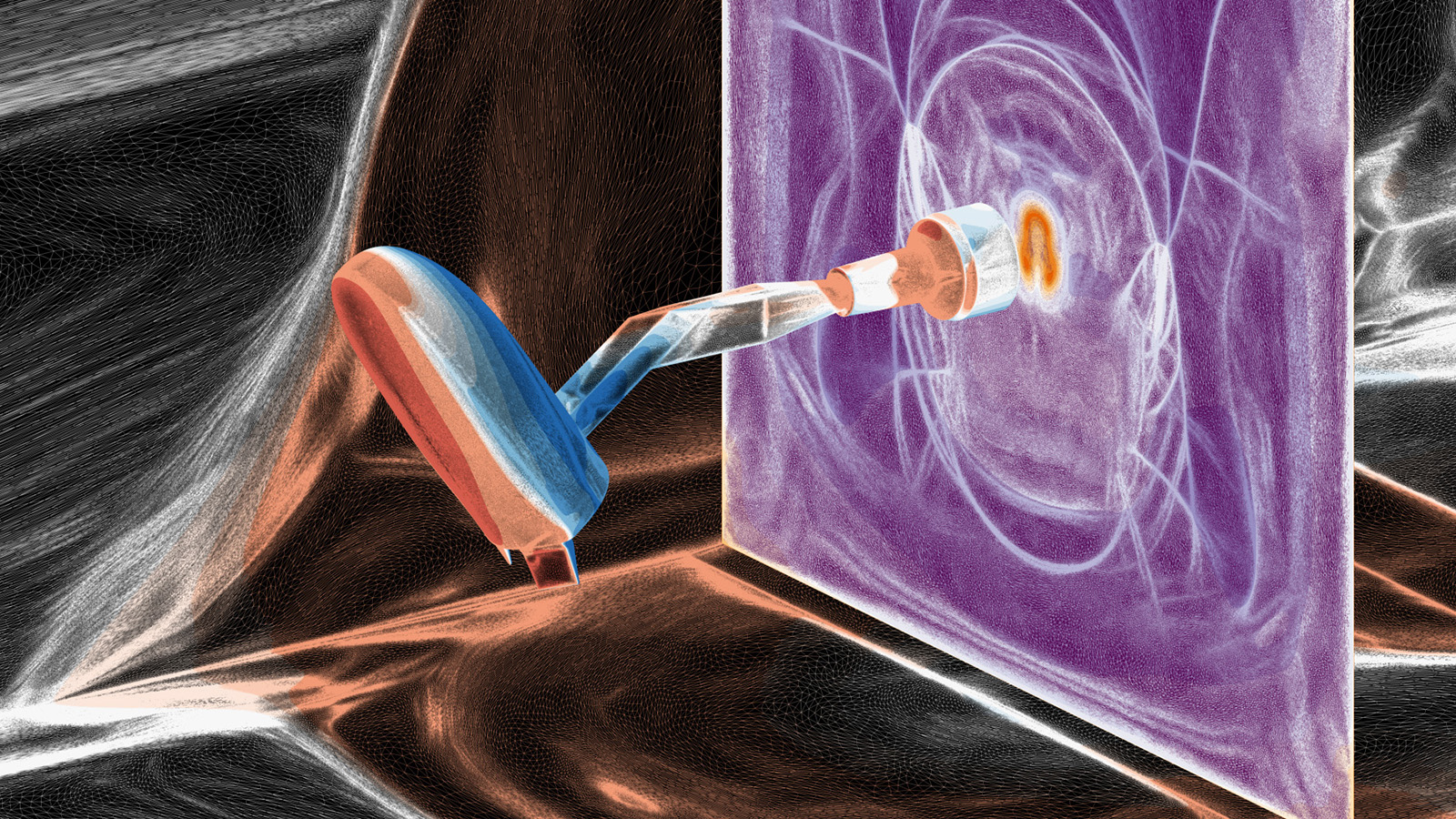Stay Up to Date
Submit your email address to receive the latest industry and Aerospace America news.
The Meshing, Visualization and Computational Environments Technical Committee explores the application of computer science to preprocessing, post-processing and infrastructure in support of computational simulation in the aerospace community.
Despite a lack of in-person interaction, this year has witnessed again numerous achievements in the meshing, visualization and computational environment realm.
The recent computational fluid dynamics vision progress report shares the same trends, with a particular emphasis on the remarkable progress of adapted techniques.
The U.S. Department of Defense High Performance Computing Modernization (HPMCP) Computational Research and Engineering Acquisition Tools and Environments (CREATE) program continues to release new capabilities across its array of air vehicle simulation and mesh generation products. Capstone v12 was scheduled to be released in December. The surface meshing has been fully parallelized on shared memory, including surface boundary layer generation. Adaptivity has been further developed in tight collaboration with the Kestrel CFD solver team, including boundary layer adaptivity, as well as with the Helicopter Overset Simulations, or Helios, team, regarding surface adaptivity. A large effort has been put to improve throughput, whether serial or parallel. Kestrel v12 was released in May. It allows for more flexibility in multiphysics coupling by treating the fluid equation integration like other time-based actions in the simulation. This enables more efficient simulations along a trajectory, since the fluid solution can be updated only when specified or needed based on convergence criteria. It will also lead to future flexibility in variable-fidelity simulations, in which some physics are solved via full partial differential equation integration and others are solved with approximate methods or reduced-order models. Helios v12 was released in October. This release continues to extend and improve the Cartesian-based Reduced Order Aerodynamics Solver, or ROAM, for automated meshing around complex geometries. ROAM combines an actuator line representation of the rotor with an immersed boundary representation of the fuselage and is implemented in Helios’ SAMCart off-body Cartesian Adaptive Mesh Refinement solver. The reduced order solver provides automated meshing and runs up to 50 times faster than traditional body-fitted unstructured mesh approaches. In April, Cadence Design Systems Inc. acquired CFD software developers Pointwise Inc. and NUMECA. These acquisitions continue the electronic design automation company’s expansion into systems analysis and are expected to enable advanced CFD solutions where accuracy and reliability are required. Pointwise has been generating meshes for the CFD industry for three decades.
The application of mesh adaptation in production workflows was used this year to evaluate CFD as a surrogate for Mach 2.4 to 4.6 wind-tunnel testing. The evaluation included evaluation of expert-crafted meshes and multiple flow solvers. Simulations of high-speed leg of the wind tunnel with empty test section and models installed with support hardware created an extreme range of geometric scales. Simulations of vortices generated by structures upstream of the wind tunnel throat and the corners of the throat were propagated through the sonic throat to the supersonic test section. These simulated vortices impacted the model and support hardware to provide context for previously unexplained measurement anomalies. The Space Launch System model and support hardware had high-fidelity geometric detail, which indicates progress in accommodating complex geometry sources in production CFD environments with mesh adaptation.
Also this year, Intelligent Light announced Kombyne, a new in situ/in transit CFD data processing capability. As CFD simulations scale up as expected by 2030 under NASA’s CFD vision, the ability to extract knowledge from the extremely large unsteady CFD simulation expected by 2030, file input/output will limit the ability to scale. In situ/in transit processing reduces the I/O constraints by processing the simulation data as the solver runs without writing out large CFD datasets. Under PRESTIGE, a research and technology project of the DLR, the German Aerospace Center, Intelligent Light worked with Rolls-Royce Germany to instrument the Hydra solver to enable Rolls-Royce to simulate and analyze an unsteady 5 billion element gas turbine compressor simulation.
Stay Up to Date
Submit your email address to receive the latest industry and Aerospace America news.




